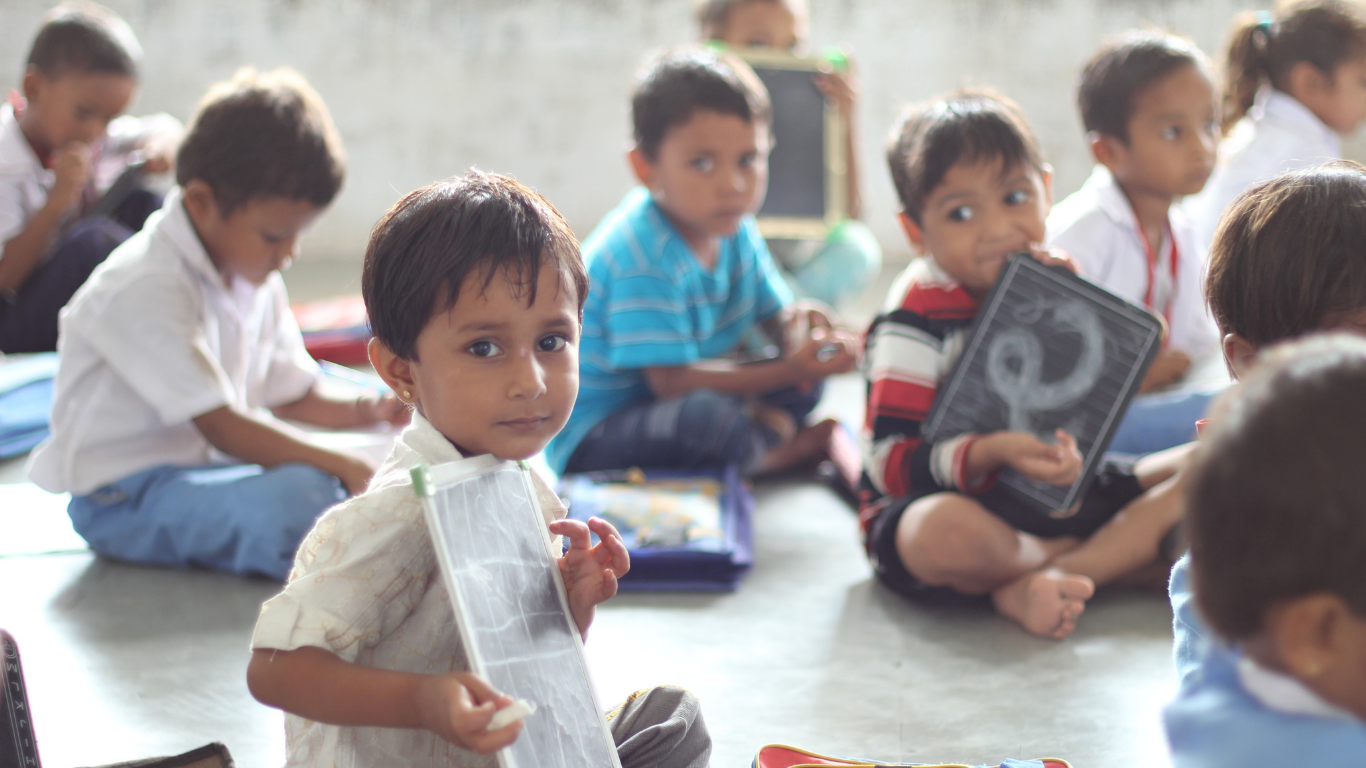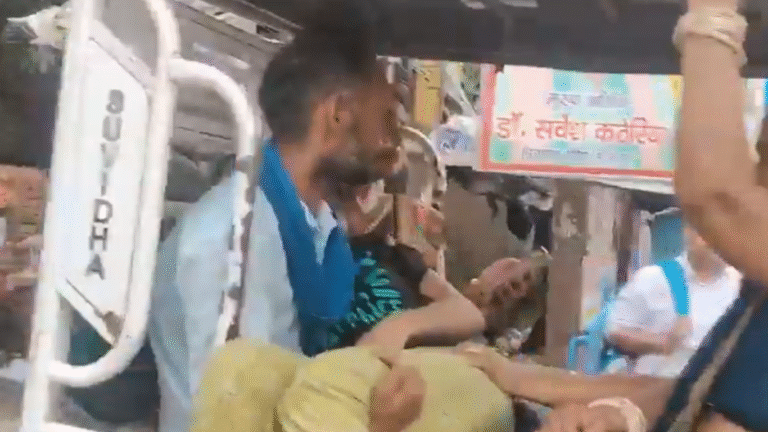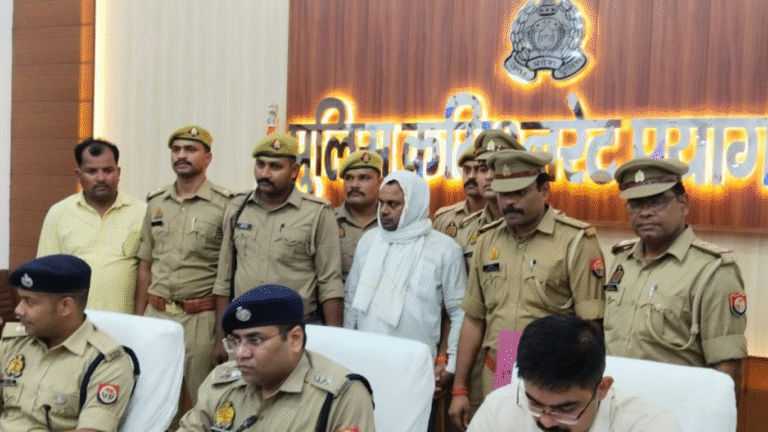
Lucknow — In a move to make education more accessible, the Uttar Pradesh government has launched a new scheme to provide ₹6,000 annually as a travel allowance to students in classes 9 to 12 who live more than 5 kilometers from their schools. Announced by Chief Minister Yogi Adityanath, the initiative targets students in seven districts, with a focus on remote areas like Bundelkhand and Sonbhadra. The program, rolled out under the PM SHRI scheme, aims to reduce dropout rates and support rural students. Here’s the latest on this game-changing decision, with updates from recent announcements.
A Boost for Rural Students
The travel allowance scheme is a lifeline for students in Uttar Pradesh’s remote regions, where long distances to school often lead to dropouts. Starting in the 2025–26 academic year, students in classes 9 to 12 in Jalaun, Jhansi, Hamirpur, Lalitpur, Mahoba, Banda, Chitrakoot, and Sonbhadra will receive ₹6,000 per year if their school is over 5 km away. The funds aim to cover transport costs, like bicycles or bus fares, making it easier for students to attend classes regularly. Posts on X show excitement, with users calling it a “gift for rural youth.” The scheme is expected to benefit thousands, especially girls, who face safety and distance barriers.
How the Scheme Works
The process to avail the travel allowance is simple but structured. Schools will identify eligible students based on their home’s distance from the school, verified through address proofs or GPS mapping. Funds will be transferred directly to students’ or parents’ bank accounts via the Direct Benefit Transfer (DBT) system. The allowance applies to students in government and PM SHRI schools, with priority for those in the eight targeted districts. Applications opened on July 10, 2025, and schools are helping families enroll through district education offices. The Education Department is also setting up helplines to guide families, ensuring no eligible student misses out.
Impact on Students and Families
The ₹6,000 allowance is already creating a buzz in rural Uttar Pradesh. For families in Bundelkhand, where poverty and rough terrain make school access tough, this support is a big relief. The scheme also aims to keep more girls in school, as parents often hesitate to send them far due to safety concerns. Local leaders say it could lower dropout rates, which hover around 15% for secondary students in these districts. On X, users are praising Chief Minister Yogi Adityanath for focusing on rural education, though some urge faster fund distribution to avoid delays seen in past schemes. The allowance is a small but meaningful step toward inclusive education.
Future Plans and Expansion
The Uttar Pradesh government plans to expand the travel allowance scheme beyond the initial eight districts if it proves successful. Education officials are eyeing other remote areas like Bahraich and Balrampur for future inclusion. The state is also exploring tie-ups with local transport providers to offer subsidized bus services for students. By 2026, the scheme may extend to younger students in classes 6 to 8, according to a recent statement from the Education Department. To ensure smooth rollout, the government is training school staff to handle registrations and is working on a digital portal for real-time updates. The initiative aligns with the PM SHRI goal of upgrading 14,500 schools nationwide, with Uttar Pradesh leading the charge.
Why This Matters
This travel allowance scheme is a bold move to bridge the gap between rural students and quality education. By easing the financial burden of commuting, Uttar Pradesh is helping thousands stay in school and chase their dreams. The focus on remote districts like Bundelkhand and Sonbhadra shows a commitment to uplifting underserved areas. While challenges like verification delays need addressing, the scheme’s potential to reduce dropouts and empower youth is huge. Keep an eye on basiceducation.up.gov.in for application updates, and expect more districts to join as Uttar Pradesh sets a model for accessible education in 2025.



